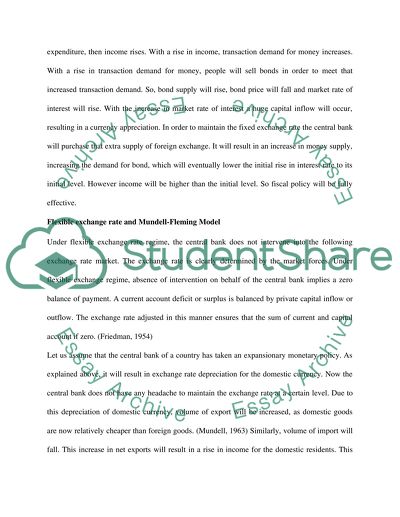Cite this document
(“Discuss the pros and cons of floating against fixed exchange rate Essay”, n.d.)
Discuss the pros and cons of floating against fixed exchange rate Essay. Retrieved from https://studentshare.org/miscellaneous/1543027-discuss-the-pros-and-cons-of-floating-against-fixed-exchange-rate-regime-using-the-mundell-fleming-and-the-dornbusch-models
Discuss the pros and cons of floating against fixed exchange rate Essay. Retrieved from https://studentshare.org/miscellaneous/1543027-discuss-the-pros-and-cons-of-floating-against-fixed-exchange-rate-regime-using-the-mundell-fleming-and-the-dornbusch-models
(Discuss the Pros and Cons of Floating Against Fixed Exchange Rate Essay)
Discuss the Pros and Cons of Floating Against Fixed Exchange Rate Essay. https://studentshare.org/miscellaneous/1543027-discuss-the-pros-and-cons-of-floating-against-fixed-exchange-rate-regime-using-the-mundell-fleming-and-the-dornbusch-models.
Discuss the Pros and Cons of Floating Against Fixed Exchange Rate Essay. https://studentshare.org/miscellaneous/1543027-discuss-the-pros-and-cons-of-floating-against-fixed-exchange-rate-regime-using-the-mundell-fleming-and-the-dornbusch-models.
“Discuss the Pros and Cons of Floating Against Fixed Exchange Rate Essay”, n.d. https://studentshare.org/miscellaneous/1543027-discuss-the-pros-and-cons-of-floating-against-fixed-exchange-rate-regime-using-the-mundell-fleming-and-the-dornbusch-models.


